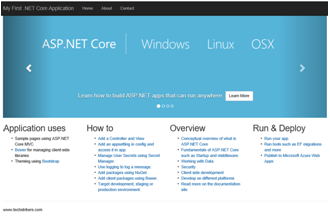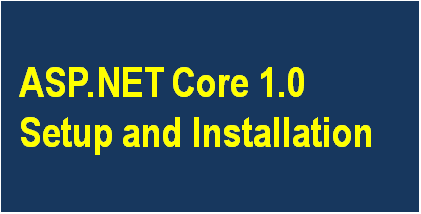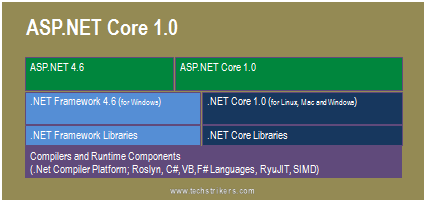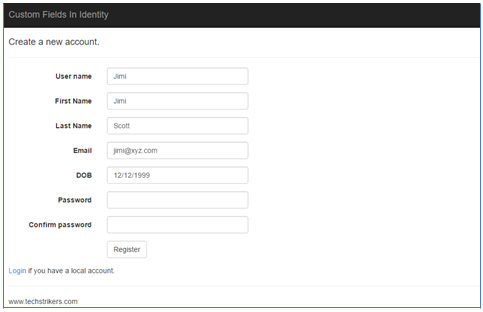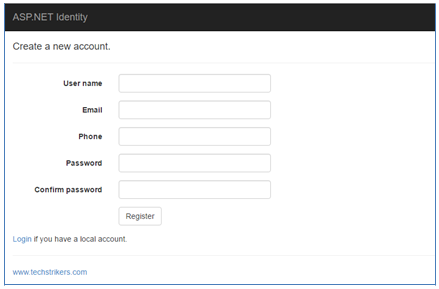HTML5 Introduction
HTML5 is the most recent and updated version of HTML. It is the next version of the HTML4. HTML5 is still not an official W3C standard. HTML5 has introduced new tags which include article, audio, video, canvas and lot many more. With the help of HTML5 you can now play any video or audio without downloading any additional plugins on your web page.
With HTML5, developers can create a website that operates like desktop application which allows you to use the web platform to reach all of your users at once.
An interesting aspect of HTML5 is that you can make use of a wide variety of graphics on the web page on the fly with the help of JavaScript. HTML5 also introduced new events such as offline, onerror, onpagehide, onresize and many more that makes developers life easy without writting complex Javascript code to do something whenever require.
HTML5 also introduced few interesting new semantic tags which allow to structure your content so that the structure has meaning, sometimes known as semantics. The semantic tags include <article> , <section>, <header> ,<footer>, <aside>, <nav> and <figure> tags. This allows you to place important elements into sections. It's also useful for search engines and aggregators.
HTML5 is the future that explains how webpages are going to be built. Apple and Google already support a great deal of HTML5 features. Different browsers support different features and therefore you will have to do some tricks to make some of the elements of HTML5 work correctly.
Browser Support
Almost all latest browsers like Safari, Google Chrome, Mozilla Firefox, Opera, Internet Explorer 9.0 support many HTML5 features and functionalities. The good thing is that now many mobiles web browsers like iPhones, iPads, and Android phones all have excellent support for HTML5.
New Features
HTML5 can be classified into several groups based on their functions.
- Semantics: allows you to describe more precisely what your content is.
- Connectivity: allows you to communicate with the server in new and innovative ways.
- Offline & Storage: allows webpages to store data on the client-side locally and operate offline more efficiently.
- Multimedia: allows making video and audio first-class citizens in the Open Web.
- 2D/3D Graphics & Effects: allows a much more diverse range of presentation options.
- Performance & Integration: provides greater speed optimization and better usage of computer hardware.
- Device Access: allows for the usage of various input and output devices.
- Styling: lets authors write more sophisticated themes.
